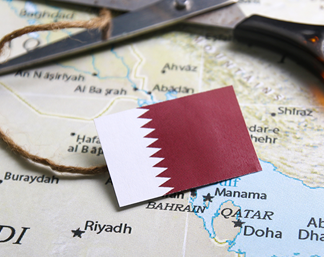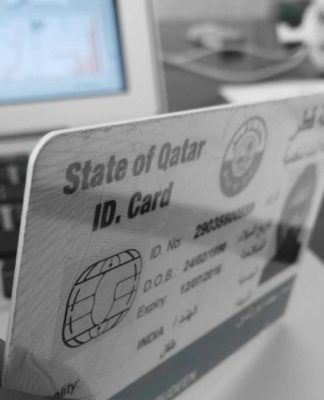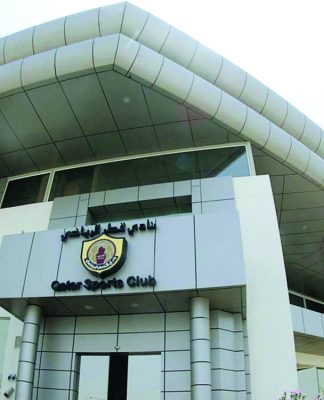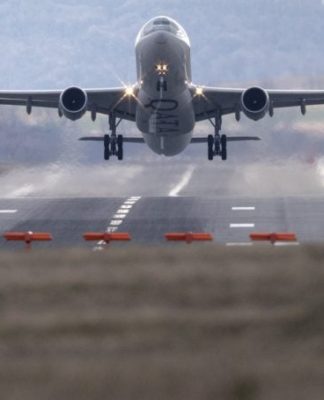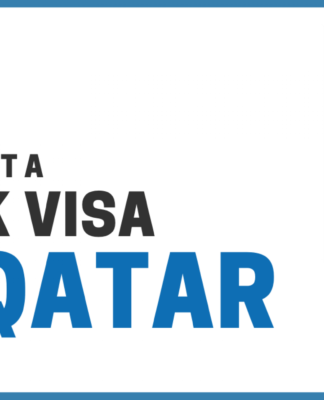CONFLICTSPALESTINIAN TERRITORIES
What you need to know: The Qassam Brigades
Kersten Knipp
4 hours ago4 hours ago
The Qassam Brigades are the military arm of Hamas in Gaza. They play a significant role in the Hamas attacks on Israel and in the current fighting.
https://p.dw.com/p/4YHjR
Palestinians looking at Qassam weapons on display back in 2013
Palestinians looking at Hamas weapons on display in 2013Image: Yousef Masoud/ZUMA Press/picture alliance
The deputy leader of Hamas’ political wing, Saleh al-Arouri, recently described the Hamas attack on Israel in terms that contradict what witnesses have said happened on October 7.
“The military plan of the Qassam Brigades was to target the Gaza division of the occupation army, and to fight only the occupation soldiers, and we had information that the occupation was planning to launch an attack on us after the Hebrew holidays,” al-Arouri said in an interview with Al Jazeera.
The militant Hamas group is designated as a terrorist organization by the US and Europe, among others. The Qassam Brigades are Hamas’ military wing.
Al-Arouri said that on October 7, around 1,200 members of the Qassam Brigades broke out of Gaza and made it into Israel, where they took part in the attack.
Al-Arouri denied that civilians were deliberately targeted by the fighters, saying that other people — “civilians” — from inside Gaza committed some of the worst offences against Israeli civilians later on. Nor did he explain why there were so few Israeli soldiers near Gaza if such an attack against Hamas had been planned.
Members of Ezzedine al-Qassam Brigades display weapons which the group used it during the conflict with Israel on 2014.Members of Ezzedine al-Qassam Brigades display weapons which the group used it during the conflict with Israel on 2014.
The Qassam Brigades have been known to exhibit their munitionsImage: Majdi Fathi/APA Images/ZUMA Press/picture alliance
‘Shadowy’ leader of Qassam Brigades
Al-Arouri is one of the founders of the Qassam Brigades but has been living in exile for over a decade. The actual leader is Mohammed Deif, who is often described as a “shadowy figure” and who has been living in hiding for two decades because his name is at the top of Israel’s “most wanted” list.
Deif has headed the Qassam Brigades since 2002 and is thought to be behind many high profile terrorist attacks on Israel. He is also thought to be severely handicapped after several assassination attempts by the Israeli military.
The Qassam Brigades were founded in 1992. According to the CIA factbook, they have between 20,000 and 25,000 fighters though the figures are impossible to be independently verified. The group is currently holding as many as 240 hostages inside Gaza.
The name of the armed wing comes from Izz ad-Din al-Qassam, born 1882 in Syria. Al-Qassam was a cleric and social reformer who became convinced that the only way to expel European colonial powers from the Middle East was with violence. He was killed by British police in 1935.
Qassam Brigades leader Mohammed DeifQassam Brigades leader Mohammed Deif
Qassam Brigades leader Mohammed Deif is thought to be the mastermind behind a wave of suicide bombings inside Israel in 1996 and 1997Image: HO/AFP
The Qassam Brigades have been involved in building Hamas’ extensive tunnel network under Gaza, which has been used for attacks on Israel in the past. In 2006, Hamas fighters used the tunnels to kidnap Israeli soldier Gilad Shalit near the border of Gaza.
The Qassam Brigades have also been able to attack Israel by sea. In 2014, during a seven-week-long operation by the Israeli army, four Hamas fighters swam ashore and attacked an Israeli tank. They were killed in the ensuing fighting.
Ties to Iran
As part of Hamas, the Qassam Brigades are supported by Iran, financially and tactically.
“The Islamic Republic of Iran … has helped a lot in transferring knowledge and expertise on one side, and transporting the rockets on another, helping Hamas depend on its local capabilities to produce such advanced technology,” Khaled Qaddoumi, who has been described as a liaison between Hamas and the Iranian government, told Al Monitor magazine in 2021.
This support from Iran has grown over the past decade, said Michael Milshtein, a former member of Israel’s military intelligence and now a researcher at the Moshe Dayan Center for Middle Eastern and African Studies at Tel Aviv University.
Iran is helping to train the Qassam Brigade members. “Snipers and booby traps and parachuters and all that we faced on October 7,” Milshtein told DW.
Palestinians search for casualties at the site of Israeli strikes on houses in Jabalia refugee camp in the northern Gaza Strip.Palestinians search for casualties at the site of Israeli strikes on houses in Jabalia refugee camp in the northern Gaza Strip.
The Qassam Brigade use civilians as human shields to protect themselves and make Israel look bad, researchers sayImage: Anas al-Shareef /REUTERS
It is hard to know exactly how the Qassam Brigades are financed but Milshtein said that Iran also plays a role here. “We’re speaking about huge sums of money that Iran delivers to Hamas, mainly again to the military wing,” Milshtein said. He believes that over the last two to three years that could amount to as much as $100 million dollars (€94 million).
It’s possible that digital cryptocurrencies also played a role in funding the Qassam Brigades. The Qassam Brigades had asked supporters on its Telegram social media channel to send donations using bitcoin as early as 2019. Following the October 7 attack, Israeli authorities announced they had frozen several Hamas-linked cryptocurrency accounts, saying the group had organized another call for fundraising on social media.
In 2019, the US Treasury published the names of individuals based in Lebanon and Gaza that they considered “financial facilitators” and “critical intermediaries” working to connect Iran and the Qassam Brigades. Hezbollah, a militant group and political party based in Lebanon, also played a role in the process, the US said.
Hezbollah’s military wing is designated a terrorist organization by the EU.
How many munitions?
The quantity and variety of weapons used in the October 7 attack — rockets, drones and small arms — as well as ongoing shelling of Israel since then, indicate that the Qassam Brigades still have ammunition. The exact number of rockets remains unknown.
Many of the weapons are smuggled into the Gaza Strip, often with the help of Hezbollah in neighboring Lebanon or through Syria, Milshtein said.
On this, the Jerusalem Institute for Strategy and Security, or JISS, quotes an interview given by Ziad al-Nakhalah, the secretary general of the Palestinian Islamic Jihad group, which also engages in anti-Israel activities in Gaza and which is also designated a terrorist organization by the US and the European Union.
Speaking to Al Mayadeen, a media outlet based in Lebanon that is friendly to Iran, al-Nakhalah confirmed that conventional weapons come to his group mainly through Hezbollah and via Syria, and that all members of the so-called “Axis of Resistance” play a part in this. Smuggling may take place overground, underground or by sea. The “Axis of Resistance” refers to the network of proxy groups that Iran has supported around the Middle East to advance its regional agenda, which includes anti-Israel and anti-US policies.
The JISS researchers also note that al-Nakhalah mentioned special training camps in Syria where Hamas fighters learn how to build rockets.
According to another Israeli research center, the Begin-Sadat Center for Strategic Studies, the Qassam Brigades use civilians as “human shields” to protect their fighters and arsenals. This tactic is one suggested by Iranian advisers, according to the researchers.
And it is deliberate: Israeli researchers say the Hamas fighters use civilians as human shields in order to make Israel look bad, and as though the Israeli military is acting disproportionately and deliberately killing civilians.
This story was originally published in German.
How Israeli forces train for a ground assault in Gaza
02:03
Kersten KnippKersten Knipp
Kersten Knipp Political editor with a focus on the Middle East
















